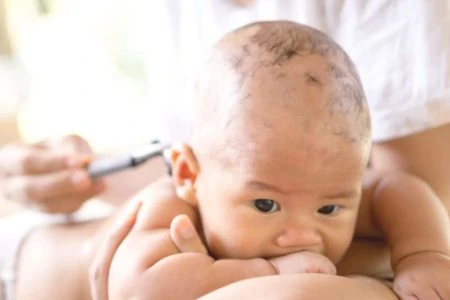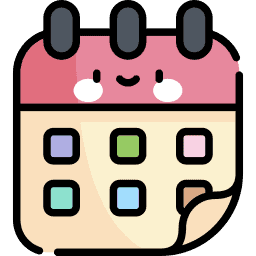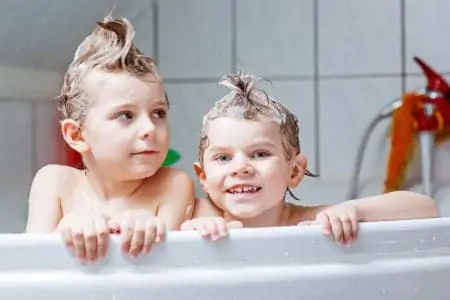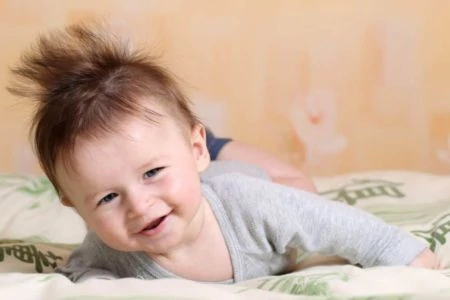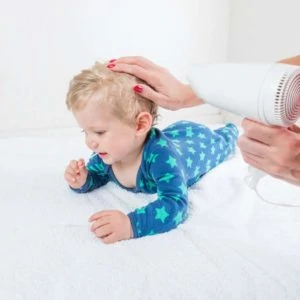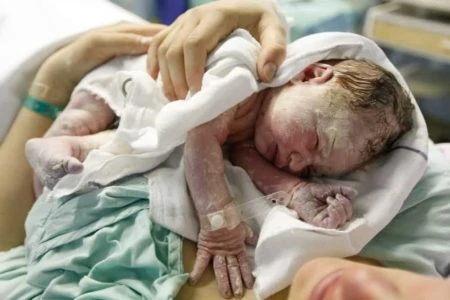Does shaving a baby’s head actually make the hair grow back thicker?
It’s a common question passed down through generations. If you are wondering whether this practice is safe or beneficial for your little one, you aren’t alone. We consulted the experts and dug into the science of hair growth to separate fact from fiction.
We will cover the effects of shaving on hair texture, how it relates to cradle cap, and safety tips for parents who decide to proceed.
Here is what you need to know about shaving your baby’s head.
Key Takeaways
- It’s an illusion: Shaving does not alter the hair follicle or genetics, meaning it won’t actually make hair grow back thicker or faster.
- Cradle cap facts: Shaving won’t cure cradle cap (a skin condition), though it might make applying moisturizing treatments easier.
- Safety first: Always use high-quality clippers or trimmers rather than standard razors to protect your baby’s delicate scalp.
- Healthy alternatives: You can support hair health through a nutritious diet, gentle brushing, and moisturizing shampoos.
Will My Baby’s Hair Change After Shaving?
Let’s rip the bandage off: No. Shaving your baby’s head will not change the thickness or health of the hair (1).
Think about it this way. If you shave the hair on your arms, does it grow back as a thick, dark beard? Definitely not.
To understand why this myth persists, we need to look at how hair actually works.
The Science of Hair Growth
Genetics determine hair texture and density. The hair follicle, located deep under the skin, is the production center for every strand. Shaving only cuts the hair at the surface; it does nothing to the follicle underneath.
However, there is a reason people believe the “thicker” myth. Hair strands naturally taper at the end like a blade of grass. When you shave it, you cut that soft, tapered tip off, leaving a blunt edge.
As the hair grows back, that blunt edge feels prickly and looks darker because it is thicker at the base than the tip. But once it grows out, it will look and feel exactly the same as before.
Hair goes through resting and growing phases, which is why growth can seem uneven (2).
Why Do People Shave Baby Hair?
Shaving a newborn’s head is a significant cultural tradition in many parts of the world, including areas of Asia and Latin America. For example, in the Hindu Mundan ceremony, shaving the hair symbolizes ridding the baby of past life negativity and stimulating a bright future.
Others simply want to jumpstart the “mature” hair phase. Babies are often born with lanugo or vellus hair, which is fine and wispy. This usually falls out on its own during the first year.
When you shave the head, you remove that baby fuzz immediately. The new hair that grows in might look different in color or texture (3). However, this change is due to the natural maturation of the follicle, not the razor itself.
Does Shaving Cure Cradle Cap?
Shaving is not a cure for cradle cap (seborrheic dermatitis). This is a skin condition caused by overactive oil glands, not a hair problem.
While shaving doesn’t stop the condition, some parents find it easier to apply oils or creams to a bald scalp. However, using a razor on irritated, scaly skin can lead to cuts or further inflammation.
If you want to treat cradle cap without the clippers, try these steps:
- Wash regularly: Use a gentle, baby-safe shampoo to keep the scalp clean.
- Soften the scales: Massage baby oil or petroleum jelly onto the patches before bath time.
- Brush gently: After bathing, use a soft-bristled brush to loosen the scales without scratching the skin (4).
Is Shaving a Baby’s Head Safe?
You might be worried about the “soft spots” or fontanelles. These are gaps in the skull that allowed the head to mold during birth and give the brain room to grow (5).
While the fontanelle looks fragile, it is covered by a tough membrane. Gently gliding clippers over this area will not harm your baby’s brain.
The real danger comes from the tool you use. Babies are wiggly. Using a standard razor blade carries a high risk of nicks and cuts. If you decide to shave, electric clippers designed for kids are the safest route.
How to Safely Shave Your Baby’s Hair
If you have decided to go ahead with the shave, preparation is key to keeping it tear-free.
Gather these supplies before you start:
- A comfortable, well-lit spot.
- Another adult to help hold the baby.
- Clean towels.
- Quiet trimmers or clippers.
- Baby moisturizer.
1. Choose the Right Time
Pick a time when your baby is fed, rested, and calm. Mornings often work best. If your baby is cranky or hungry, the sound of the clippers might trigger a meltdown.
Lay a towel down to catch the hair, and give your baby a favorite toy to keep their hands busy.
2. Use Trimmers, Not Razors
Avoid manual razors. They shave too close to the skin and can easily cause razor burn or cuts on a squirming infant. Electric trimmers with a guard are much safer.
You can lightly dampen the hair, but many clippers work best on dry hair (check your manual). Start at the nape of the neck and work upward. For the top of the head, move from front to back.
If your baby starts crying, stop immediately. It is better to have a half-finished haircut than a traumatized baby. You can always finish later.
3. Clean Up
Tiny hairs can be itchy. Once you are done, give your baby a warm bath to rinse away all the loose clippings. Check skin folds, specifically around the neck, to ensure no hair is trapped there.
4. Moisturize the Scalp
A freshly shaved scalp can dry out quickly. Apply a thin layer of baby lotion or oil to soothe the skin and prevent itching.
Prepare For Change
When Will the Hair Grow Back?
Patience is required here. While every baby is different, you can typically expect to see stubble within a few weeks and noticeable growth within a month.
How to Promote Healthy Hair Growth
If you want lush locks without the buzz cut, there are less drastic ways to help things along. Focus on overall health and gentle care.
1. Prioritize Nutrition
Healthy hair starts on the inside. If your baby is breastfeeding, they are getting what they need. If they have started solids, offer a rainbow of fruits and vegetables. Foods rich in Vitamin E, iron, and protein support strong follicle growth.
2. Don’t Overwash
Babies do not need daily shampooing. Washing too often can strip natural oils, leading to a dry, flaky scalp. Stick to washing hair once or twice a week with a moisturizing formula (6).
3. Brush Often
Using a soft-bristled brush or a wide-toothed comb helps distribute natural oils across the scalp. It also increases blood flow to the follicles, which can stimulate growth. Plus, it prevents tangles that lead to breakage.
4. Loosen the Hairstyles
It is tempting to put long hair into tiny ponytails or use cute clips (check out some accessories here). However, tight styles can cause “traction alopecia,” where hair is pulled out at the root.
Keep styles loose and comfortable. If bangs are in their eyes, a gentle trim is often better than a tight clip.
